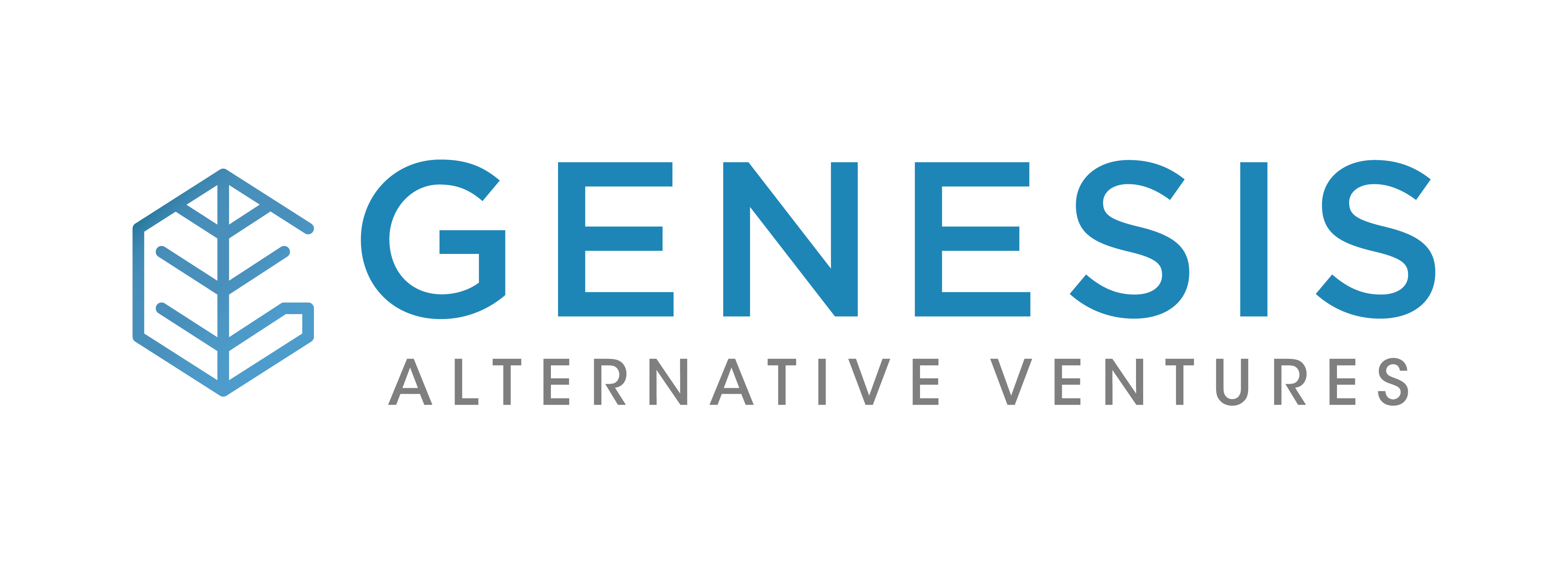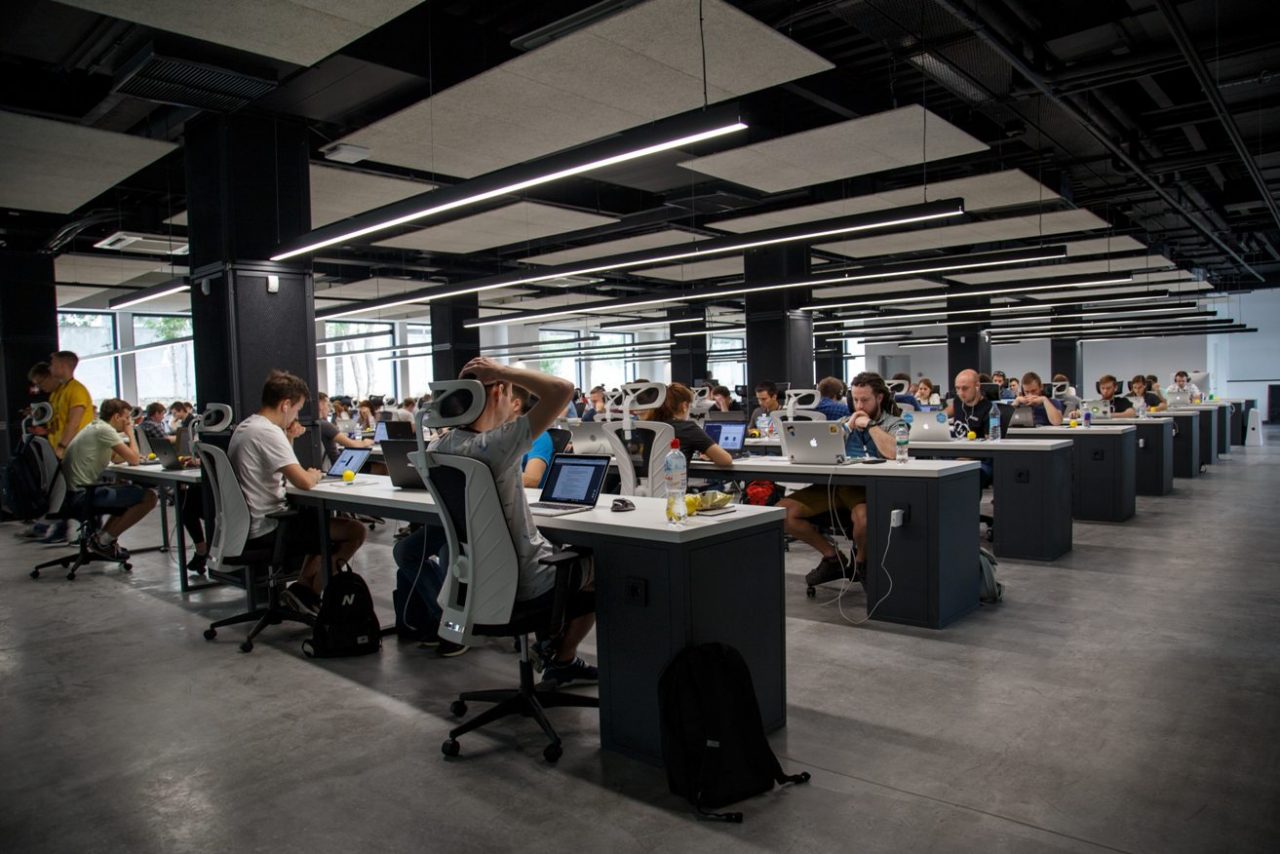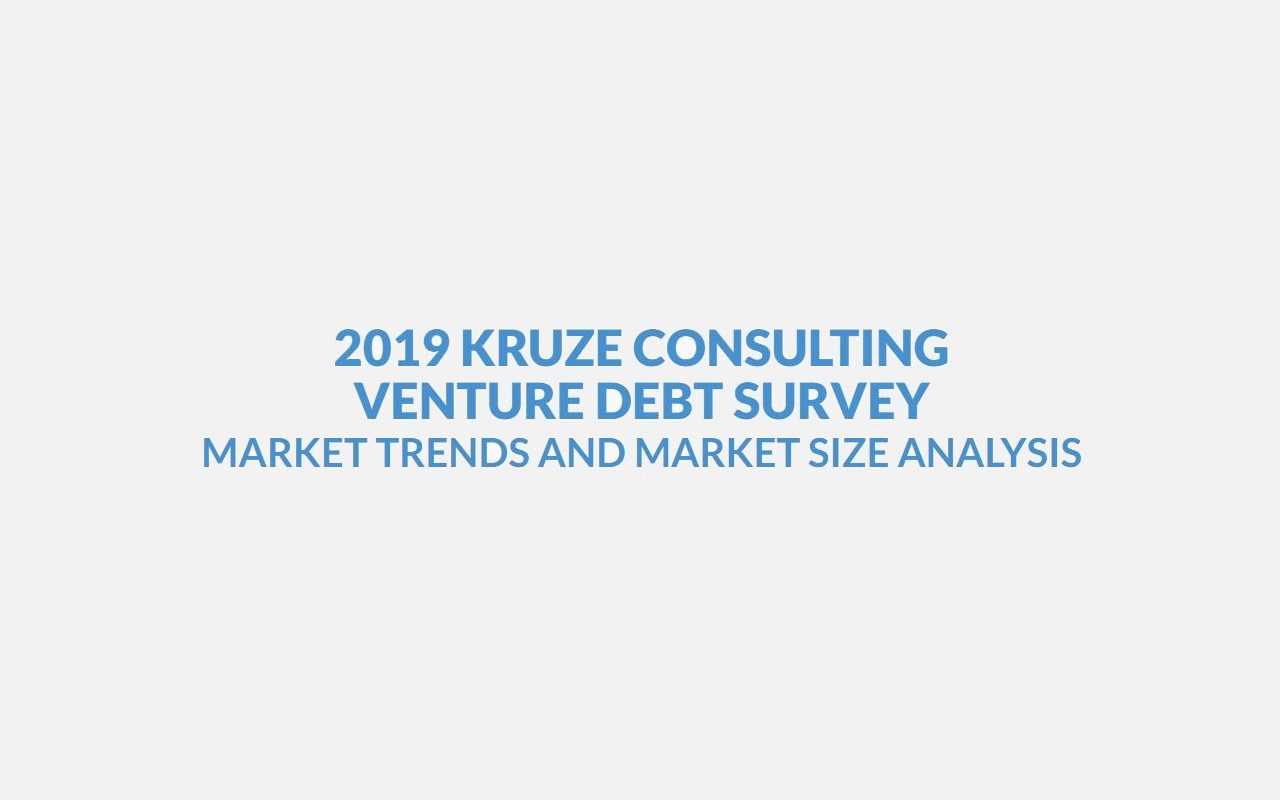At this time of writing, numerous countries and cities remain in lockdowns of varying degrees with shops, businesses and schools staying closed. The inconveniences this has brought to daily life/businesses are well documented. I want to share some of my observations on the positives that the lockdown has brought about.
In these unprecedented times, humans have demonstrated the ability to react quickly to the new environment – the speed at which COVID-19 changed the way things were done was breathtaking.
Online-everything. Online services given by religious organisations, online motivational sessions, online ministerial meetings, large scale online press conferences and interviews, online marathon races, online workout groups, online clubbing, online house parties…the list goes on.
New words for the old economy. WFH, e-sign, Paynow, Home delivery, contactless delivery, Zoom Meeting, Teams, Google Hangouts, Whatsapp call, House Party etc. have become de rigueur.
Pivoting. Garment and car manufacturers switching to producing face masks, microbreweries and gin distilleries producing hand sanitiser, Vacuum cleaner factory line producing ventilators, Luxury hotels becoming quarantine centres.
Related Article : Venture Debt for tech-backed companies during Covid-19
Reimagining work. I had the privilege of conducting a session of the inaugural online career fair of a local university last month over Zoom. We had more than 50 attendees dialling in from their respective homes/offices. Prospective interns watched their screens, listening to what was being shared. They were actively raising hands virtually and asking questions via the chat function. That people felt safe, physically and metaphorically, to ask questions was a big win. All in all, we had an extremely successful career fair with high engagement levels and applications. It is not inconceivable that with video technology / online KYC, workers getting hired without having to physically see a hiring manager prior becomes more prevalent.
Humans have gone through disasters much worse than COVID-19 and thrived. What makes me hopeful is that we have more advanced science and technology at our disposal now than ever before. I am of the firm belief that we will get through and thrive in the same fashion.
“This too shall pass”. The current lockdown is an opportunity to catch up on things that matter and make us better people. Eventually, activities will return to a semblance of normality. The question then would be, ”Did we make use of the lockdown to position ourselves for a rebound?” This could be learning a new skill, pivoting a product to suit social distancing measures, refining workflow processes etc.
At Genesis, we are making full use of this time to do the following:
- Housekeeping / Refining internal SOPs
- Continued engagement with our portfolio companies with a view to supporting them / exploring new business opportunities / making new introductions to them
- Active outreach to LPs both existing and potential to update them on investment portfolio, what new deals and trends we are seeing
- Talking to our VC Partners to update them on portfolio companies as well as exchange notes and dealflow
- Engaging with ecosystem partners to explore collaboration opportunities that we never had the chance to do so pre-lockdown – they could be webinars, industry thought pieces, mutual introductions etc.
We did not choose for COVID-19 to come disrupt our lives, but we certainly can choose what we want to do with our lives / businesses while we go through this period.
Stay strong and stay healthy.











